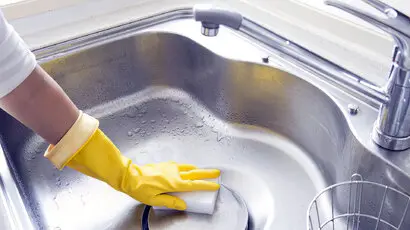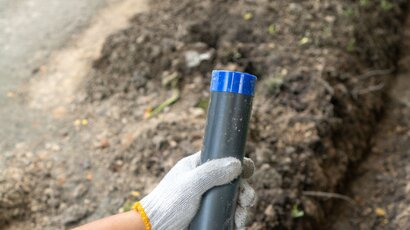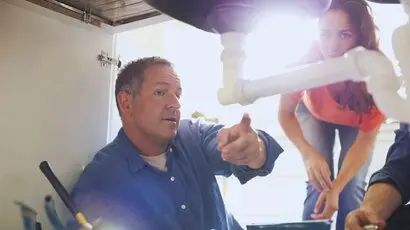9 DIY Plumbing Maintenance Tips
Regular plumbing maintenance is extremely vital for every home. Thankfully, there are various DIY methods to ensure that your home’s plumbing remains optimally functional.
One of the most important parts of a home is its plumbing. With regular care, your plumbing system can run smoothly and efficiently without much fuss.
However, not everyone can recognise the signs and types of a damaged system and have regular plumbing system maintenance know-how. This is why we’ve compiled this short guide to help you get started with your plumbing maintenance. And don’t worry- they’re super easy to do!
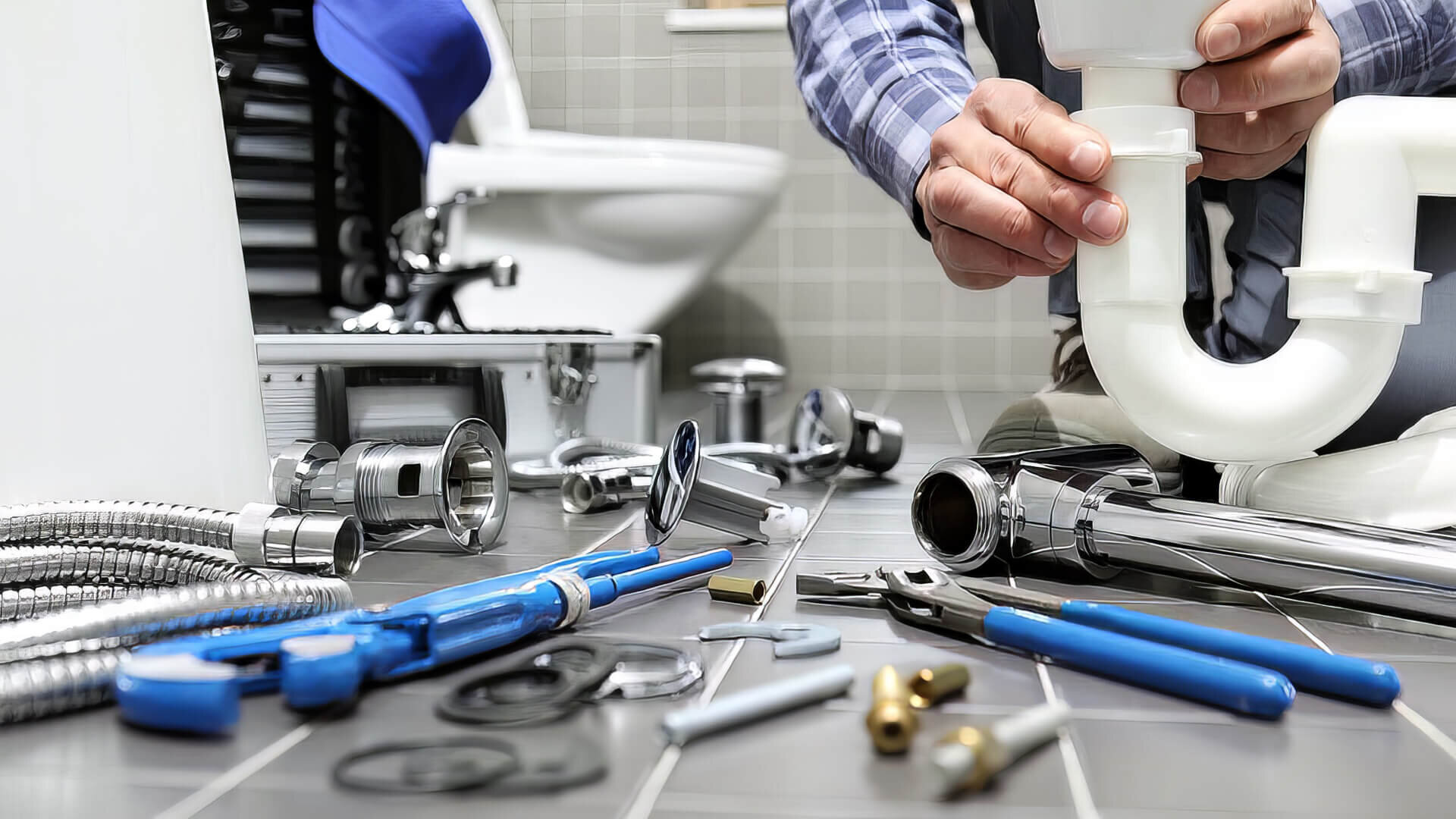
Let’s take a look!

When you notice a stubborn bathroom clog or kitchen blockage, it’s tempting to reach for a harsh chemical cleaner. However, these can cause more harm than good, even with just a small amount.
Since the chemicals in these drain cleaners are highly abrasive, they can damage the pipes. So, instead of using chemical drain cleaners, you can opt for a more natural solution, such as baking soda, vinegar solution, and hot water. This can help you eliminate the most stubborn clogs in the drains without damaging the pipes.
Baking soda, vinegar, and hot water is an all-rounder for home cleaning or plumbing issues, and cleaning kitchen or shower drains is no exception.
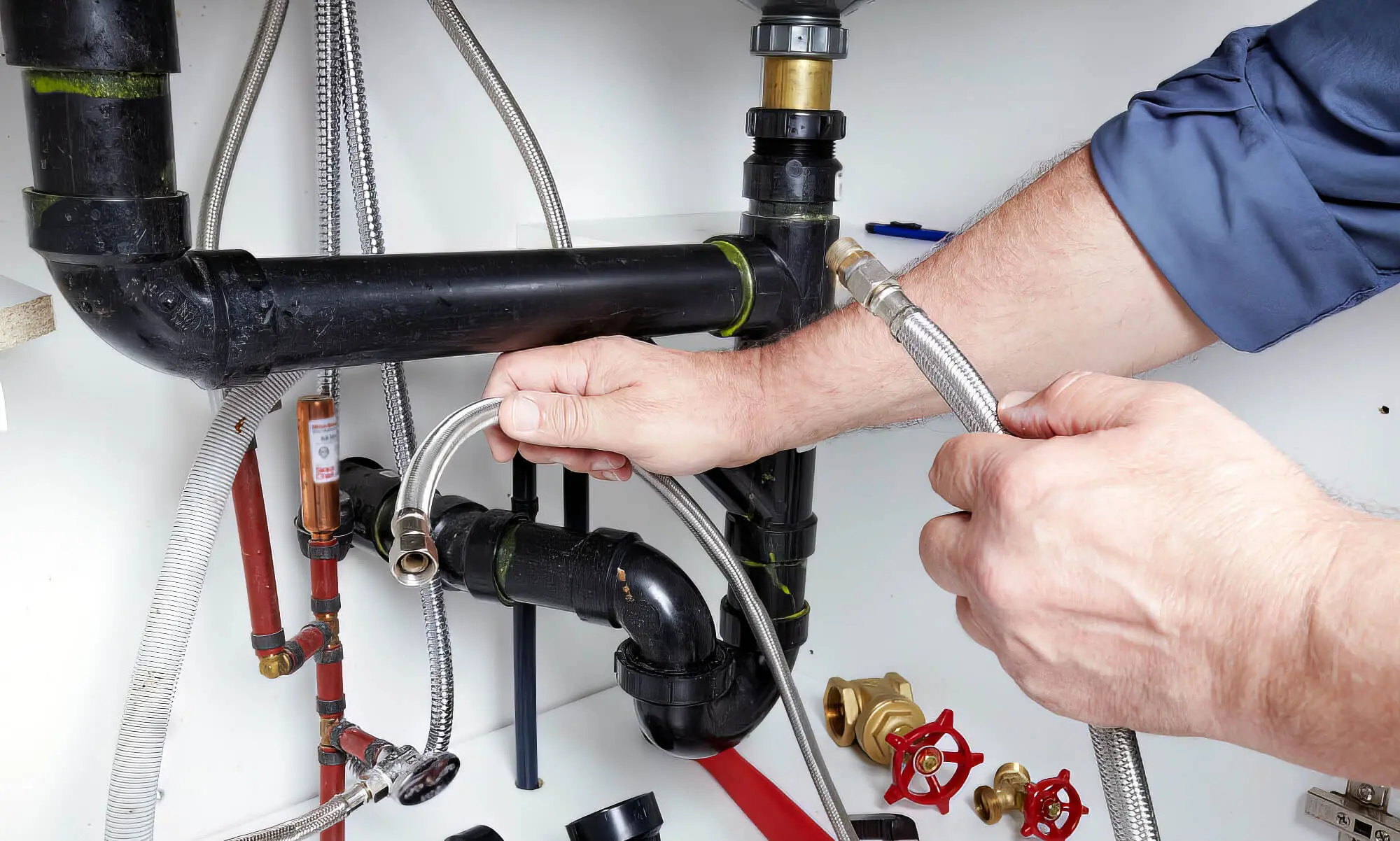
Leaks and clogs are among the most common household plumbing problems. Both of these problems develop slowly, making detecting them harder. But, failing to detect a leak or clog as early on can make a small repair a much more expensive affair.
Apart from higher repair costs, unattended plumbing leaks can cause water-related damage to your home and grow unhealthy mould and mildew. Likewise, clogged drains can result in corrosion of the drain pipes, flooding and sewage backup.
This is why fixing water leaks and clogs is essential as soon as you spot them. So, keep an eye out for the following symptoms:
If you spot these signs, repair the necessary plumbing systems or hire professional plumbers.
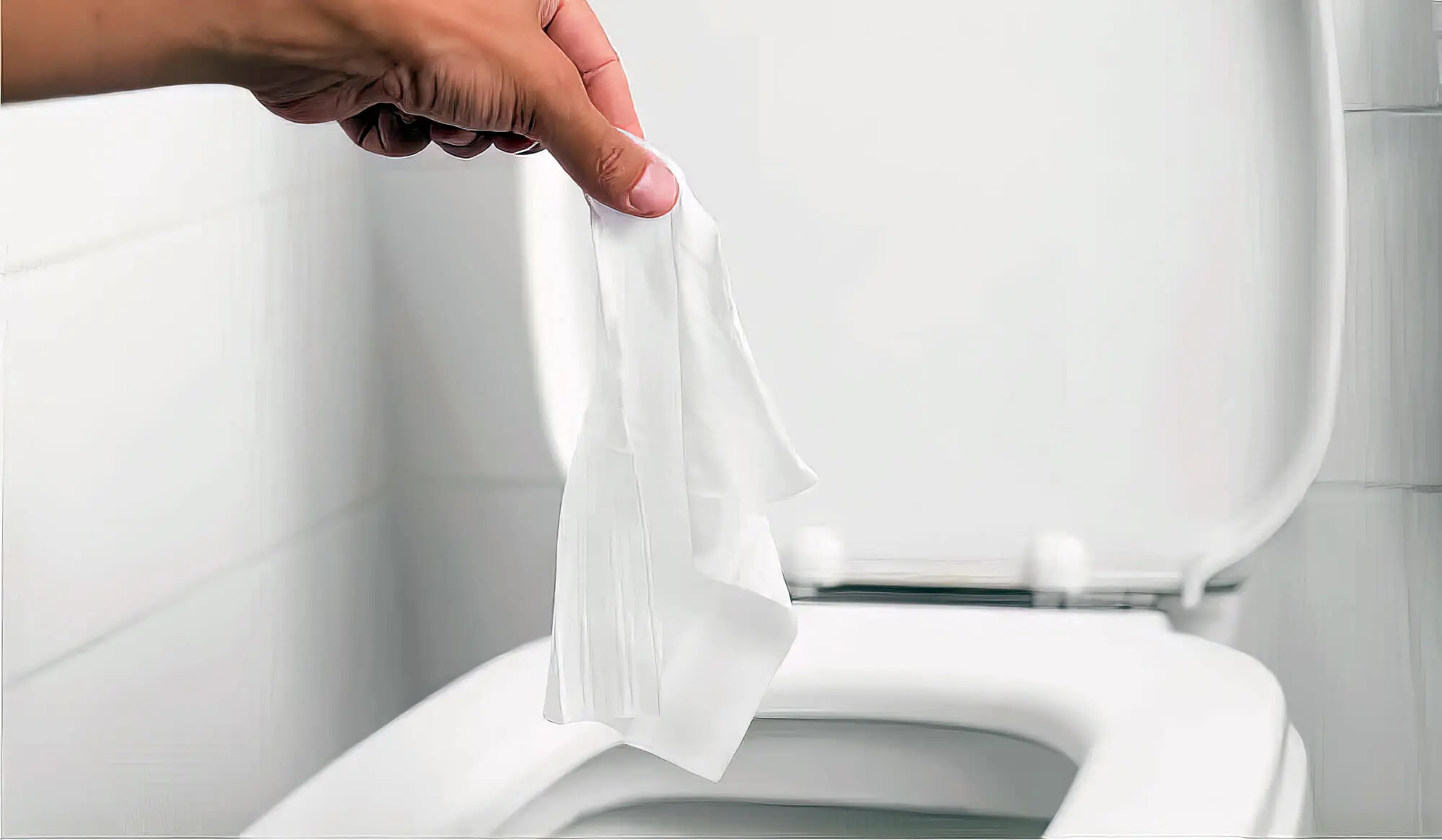
A typical house drain is designed to process liquids, so disposing of other solids or semi-solids like toilet paper, food waste, or other debris can lead to a clog. Hence, be vigilant about what goes into your drain to avoid problems from arising in the future. Objects like used toilet paper, hair, food leftovers, cloth pieces, etc., should never be flushed down the drain or toilet bowl.
An excellent way to ensure no solid or semi-solid matter passes through your drain is by placing a sink strainer or stopper on the drain opening (in the sink).

Most of us have faced a drippy tap, clogged sink, leaky pipe, or blocked toilet. These annoyances pop up unexpectedly and often can’t be avoided, no matter how cautious you are.
However, calling a local plumber for every minor repair will be time-consuming and expensive. Often, non-technical plumbing problems can be fixed DIY if you have the tools to fix minor issues with your home’s plumbing system and plumbing emergency.
Here is a list of tools that will come in handy in case of any minor plumbing issue:

The most important tip is to inspect your home plumbing system regularly. How often does one have to conduct a plumbing maintenance inspection? The answer is annual. Any plumbing fixtures and appliances, like water heaters, washing machines, etc., should be regularly inspected by a qualified plumber.
This helps detect problems early on, avoid any unnecessary plumbing repairs in the future, and ensure that all the plumbing system components work efficiently.

Typically, the water pressure in your home should be between 15 and 40 PSI, i.e., 1.0kg/cm2 and 2.8 kg/cm2. Anything above the said pressure puts unnecessary stress on the entire plumbing system. Irrespective of the water pressure readings in your home, consider installing aerators for the shower head and faucets. They are inexpensive and easy-to-install accessories that can help save on water consumption and energy bills.
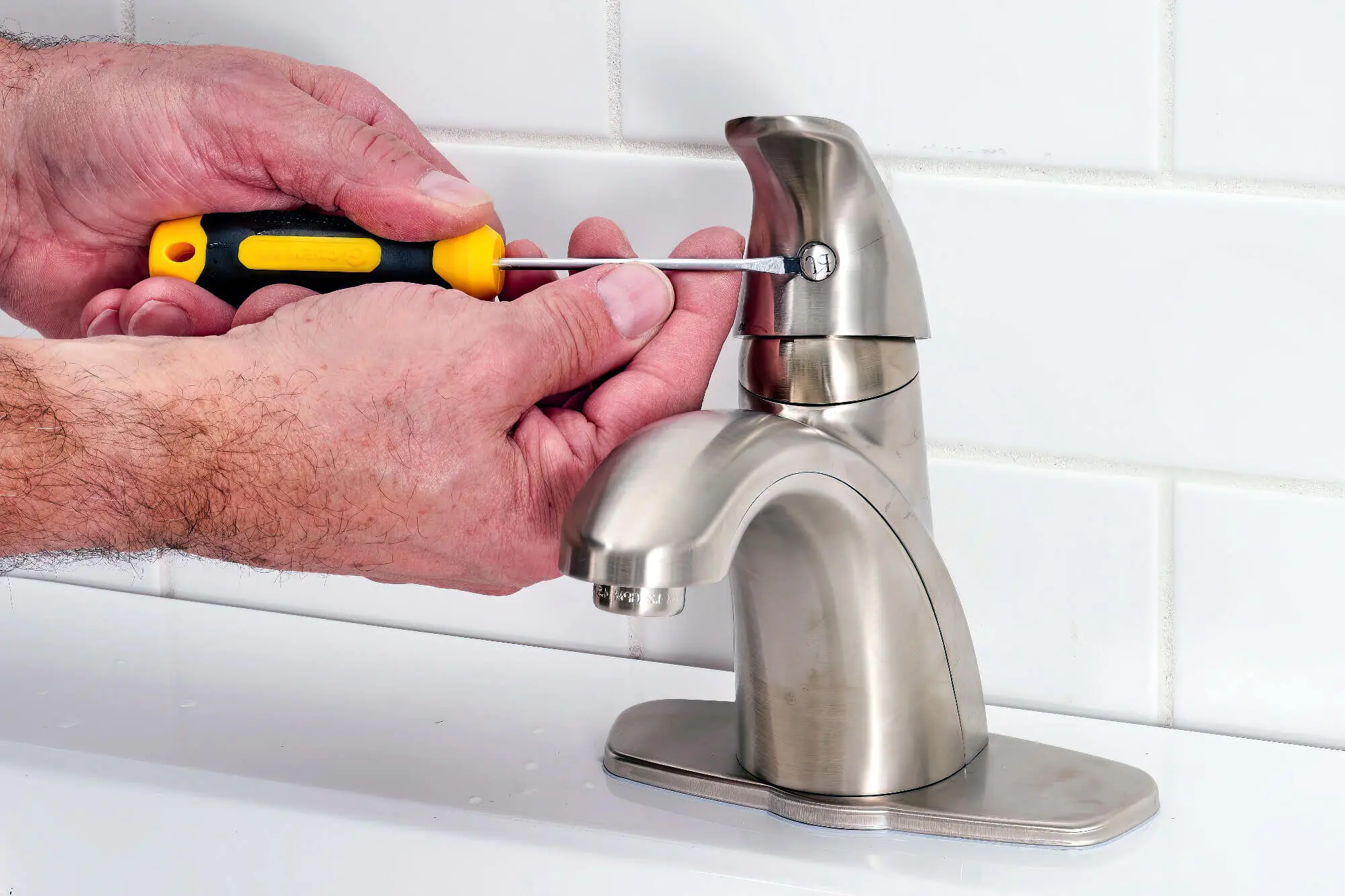
Leaking or losing faucets can cause a lot of water waste, ultimately increasing your water bill. If you fail to fix leaking taps as early as possible, it will worsen over time.
So, to avoid this, check your faucets regularly and repair them immediately if you find them faulty. Check the faucet’s handles to ensure there is no water leakage when the handles are turned on or off.
The bottom of the sink can have water stains if and when the water is leaking, so be sure to check those areas. If the problem is not fixable, replace the existing leaky faucet with a new one.
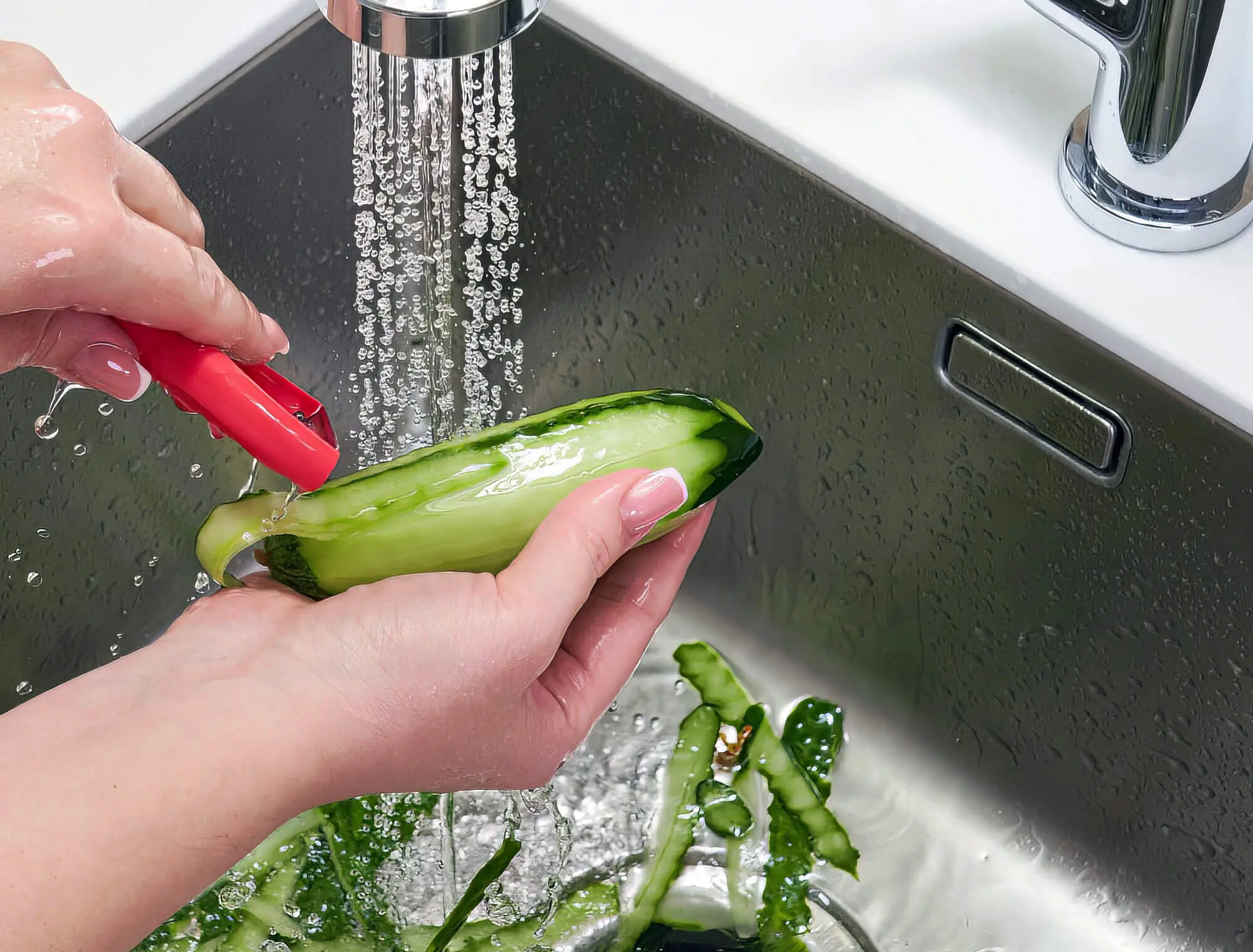
Only some things can pass through garbage disposals, and it is necessary to be aware of that. Mentioned below are a few among the list of things that can be discarded through your garbage disposal:
Note: Refrain from disposing of potatoes down the drain as they may cause a clog.

A leak can develop anywhere from your garbage disposal, shower heads, geyser, washing machine, dishwasher, water heater, or even the sewer line or sewer system.
Inspecting outdoor fixtures, like taps, for leaks or rust is crucial. Also, ensure pipes don’t freeze during winter, as the cold can make water solidify, leading to leaks or bursts.
Remember that you should inspect for mildew and install a drip tray beneath appliances like washing machines and water heaters, which will help limit damage in case of a leak. Similarly, ensure the water heater temperature setting is accurately set for optimal water usage.
While many plumbing problems can be tackled yourself, some require professional expertise. When that happens, don’t hesitate to call WP Plumbing. We offer same-day service for all your needs, from emergencies to regular maintenance, taking the hard work off your hands!
Plumbing maintenance is essential in keeping your kitchen safe and clean. This guide provides you with all the basic steps necessary to start today!
Discover practical, plumber-approved pipe maintenance tips to extend the life of your plumbing system. From routine checks to smart cleaning techniques, this guide covers what homeowners and property managers should know to avoid emergencies and keep water flowing smoothly.
Regular plumbing maintenance is essential to keep your home’s plumbing system running smoothly and avoid costly repairs. This blog offers expert advice, practical tips, and a step-by-step guide to help you implement preventative plumbing maintenance.
